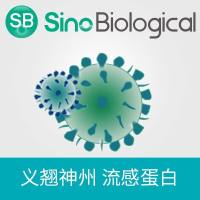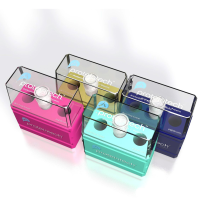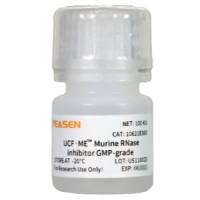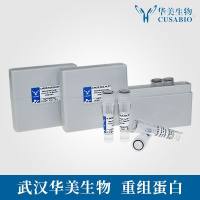Induction of Erythroid-Specific Expression in Murine Erythroleukemia (MEL) Cell Lines
互联网
互联网
相关产品推荐

Hemagglutinin/HA重组蛋白|Recombinant H1N1 (A/California/04/2009) HA-specific B cell probe (His Tag)
¥2570

FITC Plus Anti-Mouse CD62L (MEL14) FITC-65219
¥600

SPTA1/SPTA1蛋白Recombinant Human Spectrin alpha chain, erythrocytic 1 (SPTA1)重组蛋白Erythroid alpha-spectrin蛋白
¥3960

UCF.ME 鼠源RNase抑制剂(Murine RNase inhibitor) GMP级别
¥1398

Il4/Il4蛋白Recombinant Mouse Interleukin-4 (Il4) (Active)重组蛋白Interleukin-4; IL-4; IL4; B-cell IgG differentiation factor; B-cell growth factor 1; B-cell stimulatory factor 1; BSF-1; IGG1 induction factor; Lymphocyte stimulatory factor 1蛋白
¥3660
相关问答
推荐阅读
Laser Capture Microdissection to Examine Transporter Expression in Specific Cell Regions
Use of Stem Cell Radiation Chimeras to Analyze How Domains of Specific Proteins Impact on Murine NK Cell Development In Vivo
Induction of Experimental Epidermolysis Bullosa Acquisita by Immunization with Murine Collagen VII

